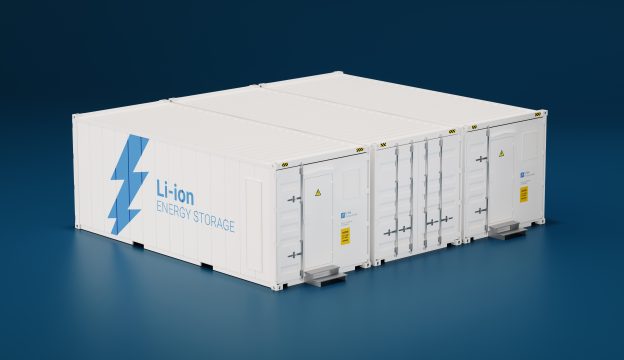The dominant status of lithium-ion batteries on the market may face a stern challenge from zinc-air batteries (or zinc-air fuel cells), thanks to a recent technological breakthrough for the recharging of the latter.
The breakthrough was announced by researchers at the University of Sydney in Australia and the Nanyang Technological University in Singapore, claiming that they have discovered a method enabling recharging of zinc-air batteries via a low-cost electrocatalyst. Should the method be applicable in mass production, the problems of high cost and difficulty in recharging for the batteries will be overcome, facilitating their application in consumer electronic products, such as mobile phones and notebook PCs.
Zinc is an inexpensive metal with abundant deposits. Dubbed as a breathable battery, zinc-air battery has a zinc-alloy anode and an oxygen cathode, boasting low toxicity, lightweight, and high safety, capable of storing energy five times that of lithium-ion battery, promising huge market potential.
Following its invention in early 19th century, Slovenian inventor Miro Zoric developed the first rechargeable zinc-air battery in 1997, for application in small- and medium-sized buses. However, the application of the battery is still quite limited up to now, mainly in a few electronic devices, such as hearing aids, electronic watches, and railway signals, due mainly to the high recharging cost and the problem of automatic power discharging, resulting from automatic reaction with oxygen.
According to Wikipedia, the key for the preservation of zinc-air battery is the seal on cathode which cannot be remove unless the battery is used immediately. Simulated test shows that after one year of placement under room temperature, the stored power of zinc-air battery will drop to 95% of the original level, to 90% after two years, and 85% after four years. Should the seal be removed, the battery will begin to function, even without connection for load, with its stored power, under room temperature, dropping to 50% in three to 12 weeks, according to different sizes and specifications, and to 0-10% in 20 weeks.
At present, zinc-air batteries claiming to have recharging function on the market must use expensive platinum or iridium oxide for the restoration an generation of oxygen in the recharging/discharging of power. The researchers claimed that they have developed a new technology for producing bifunctional oxygen electrocatalyst, thereby overcoming the aforementioned problem. The result of the research has been published in "Advanced Materials."
The new technology is capable of producing electrocatalyst, thanks to the grasp of the makeup, size, and crystallinity of iron, cobalt, and nickel oxide. Prof. Yuan Chen of the University of Sydney, a major participant in the research, pointed out that zinc-air battery produced with the new catalyst loses less than 10% of its power after 60 rounds of discharging/recharging in 120 hours.
Given much lower material cost of zinc-air batteries than lithium-ion batteries, rechargeable zinc-batteries promise huge market potential, should the new technology be able to overcome the recharging/discharging problem, as what the researchers claimed. If so, it will marks a stride in the development of green energy and may be used for multiple applications, notably electric cars.
(News source: Tech News; Photo source: University of Sydney)







